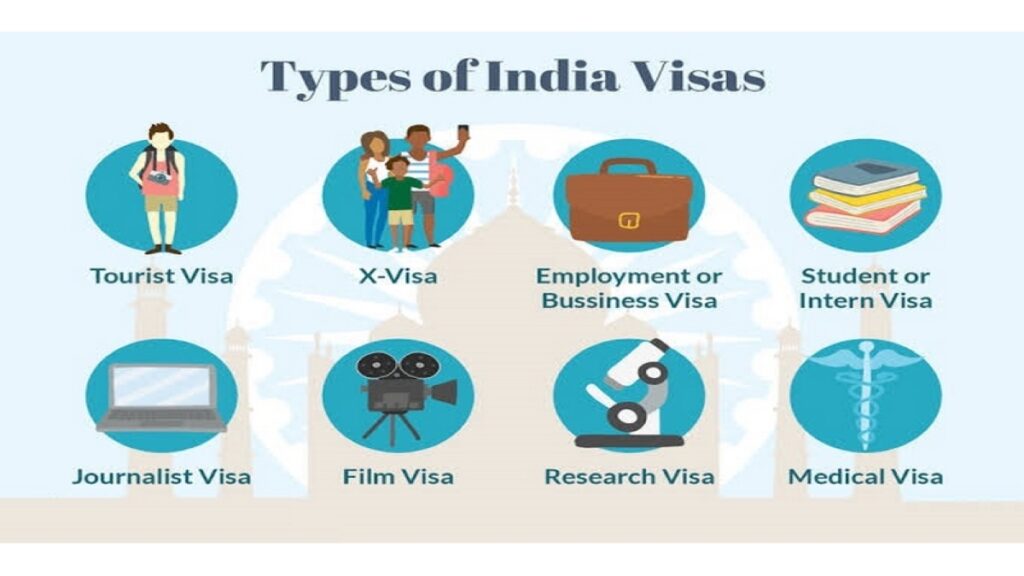Introduction
India has become a popular destination for travelers from all over the world. In order to make the process of obtaining a visa more convenient, the Indian government has introduced eVisas. These are electronic visas that can be applied for and obtained online, without the need to visit an embassy or consulate.
There are several types of Indian eVisa available depending on the purpose of your visit. Each type has its own specific requirements and restrictions, so it’s important to choose the right one for your needs. In this article, we will explore the different types of Indian eVisa and provide you with all the information you need to know before applying.
India is a land of diverse cultures, rich heritage, and scenic beauty that attracts millions of tourists every year. To make the process of obtaining a visa easy and hassle-free for travelers, the Indian government introduced eVisa in 2014. With an eVisa, tourists can enter India without going through lengthy paperwork or standing in long queues.
There are three types of Indian eVisas available for travelers: tourist eVisa, business eVisa, and medical eVisa. The tourist eVisa allows tourists to visit India for sightseeing purposes, attending events or visiting friends and family. This visa is valid for 90 days from the date of arrival in India and can be used twice a year.
The business eVisa allows entrepreneurs or professionals to visit India for business-related activities such as attending meetings with Indian companies or exploring investment opportunities in the country.
It can be a devastating experience to receive the news that your Indian visa has been rejected. After months of planning and anticipation, it can feel like all your efforts have gone to waste. However, it’s important not to lose hope as there may be alternative options available.
Firstly, it’s crucial to understand the reasons behind the rejection. There are several common grounds for visa denials such as incomplete documentation or providing false information on the application form. In some cases, individuals may have a previous criminal record or history of overstaying in India which could also lead to their visa being rejected.
If you’ve received an Indian visa rejection, don’t panic just yet. The next step is to analyze your situation and determine if there are any other ways you can enter India legally. For example, if you’re traveling for business purposes, check if you’re eligible for a business visa instead.
Indian Visa Rejected, If you have applied for an Indian visa and your application got rejected, the first thing to do is not to panic. There are many reasons why your visa may get declined, ranging from incomplete documentation to a previous immigration violation or criminal record. However, this does not necessarily mean that you cannot visit India at all. Here are some steps you can take if your Indian visa got rejected.
In conclusion
Obtaining an eVisa for India has become a convenient and efficient option for travelers. The three types of Indian eVisas – tourist, business, and medical – offer travelers different opportunities to explore the country. With the online application process, applicants can receive their eVisa in as little as 24 hours. It is important to carefully review eligibility criteria and required documents before applying for an eVisa. Overall, the Indian government’s initiative towards digitalization is making travel to India more accessible and enjoyable. So why wait? Apply for your eVisa today and get ready to experience the vibrant culture and diverse landscapes of India!
You may also like
-
Tips for Selecting Prestige Vehicles for Special Occasions
-
Royal Caribbean Customer Service Guide: Phone Numbers, Support, and Contact Options
-
Mastering the Southwest Airline Low Fare Calendar for Affordable Adventures
-
Top Treks in India: Explore the Best Hiking Trails for Every Adventurer
-
Carnival Cruise Drink Prices and Packages: A Complete Guide

